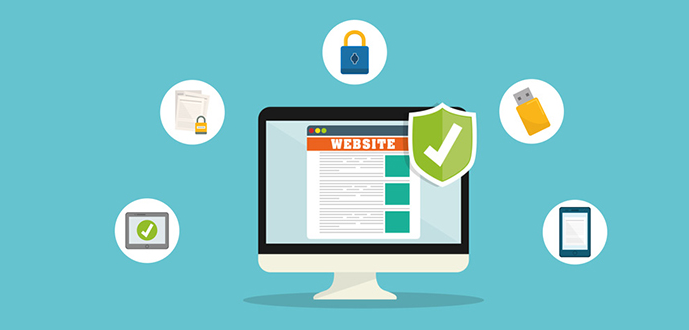Remote Monitoring Management Tool 101 For Beginners
In today’s modern world where everything is fast-paced and technologically advanced, improving one’s business plan and management strategies are a must. This is where Remote Monitoring Management (RMM) comes in. It helps you adapt to the constant changes and improve the way you do business especially for companies under the Managed Service Provider (MSP) category and also for those who are thinking of switching to MSP.

What is the Definition of Remote Monitoring and Management?
Basically, RMM, also referred to as remote Information Technology (IT) management, is a platform that allows MSPs to remotely monitor and manage their clients’ IT infrastructure and systems. It proactively benefits your engineers and technicians in providing numerous clients a smooth and efficient IT support as well as experience.
Remote monitoring and management tools may be ideal for you as a platform on which to base service contracts providing recurring monthly profit. It reduces deployment time and customer service costs, and allows you to take better care of your customers and keep your relationship with them on solid ground. It improves your business’ bottomline.
Read the overview below to get a gist of what RMM is, how it works, and what benefits it offers for your company and to your client.
1. Monitors and Maintains your Clients’ Networks, Devices, and Endpoints
By having RMM software, your clients’ computers, mobile devices, and endpoints will be installed with a small footprint called “agent” in order to deploy RMM. The agents provide information on the health and status of the machine to be reported to the MSP. Then you will be able to proactively track and keep your clients updated with their IT needs. Remote Monitoring Management tool can also simultaneously monitor multiple endpoints and clients.
2. Fix Issues Before They Become Major Problem
Your technicians will automatically receive an alert or ticket via email if there are detected issues. This kind of feature assists MSPs to identify and take action on critical and non-critical issues. It allows MSPs to solve these problems even before the client realizes it. This feature involves antivirus definition, defragmentation of hard disks, Operating System (OS) updates and maintenance, and other related concerns. The RMM tool is also a big help to avoid system failure.
3. Perform Management Tasks
The MSPs can perform remote management tasks, such as patch management, updating, and configuration of software. No need to physically come to your clients’ office. You will have the opportunity to extend your business beyond your location.
4. Automate Scheduled Maintenance Tasks
No need to spend late night at the office just for manual rebooting. Through a Remote Monitoring Management tool, MSPs can automatically schedule a task.
5. Improve Operational Efficiency
One of the benefits that the RMM Software offers to Information Technology service providers is the ability to cater more clients from different places compared to traditional IT providers. Technicians remotely serve clients and can handle tasks for numerous devices simultaneously. With RMM, no need to be physically present in your clients’ offices to fix their issues with their workstation. Low cost effect. This technology enhances the company’s output and productivity.
6. Gather Audit Reports on Software and Hardware
This feature of RMM technology allows service providers to have the needed software and hardware audit reports from deployed RMM agents which include a master list of devices and its warranty, serial numbers of servers, number of software programs, and other related requirements. It’s another way that the RMM can help you to be more efficient and equipped with accurate data.
7. Monitor Status of Antivirus and Antimalware
With the unified dashboard design of RMM, monitoring of antivirus and antimalware are made more convenient. RMM agents will promptly log a ticket once it detects a possible threat or if there’s an issue with updates. The MSP now has the capacity to fix an issue faster.
8. Get the right RMM software based on your needs
In getting the right RMM software, you should know that the RMM systems have different feature sets. Think first on what your industry and business need. It’s also important to take note of these significant features and functions to look for in a RMM system: quick setup and deployment, price and flexibility, visibility and reporting, and automation and alerts.
Conclusion
The definition or RMM is remote monitoring and management. It is a software used by IT professionals to manage networks and monitor IT system assets. These tools provide visibility over infrastructures and endpoints, perform tasks, and check network performance remotely. Through RMM, IT departments can ensure remotely connected IT assets are standardized, performing at its best, and operating in accordance with standards. RMM tools usually have features that allow IT technicians to track issues, check systems, allocate tasks, and automate maintenance jobs.